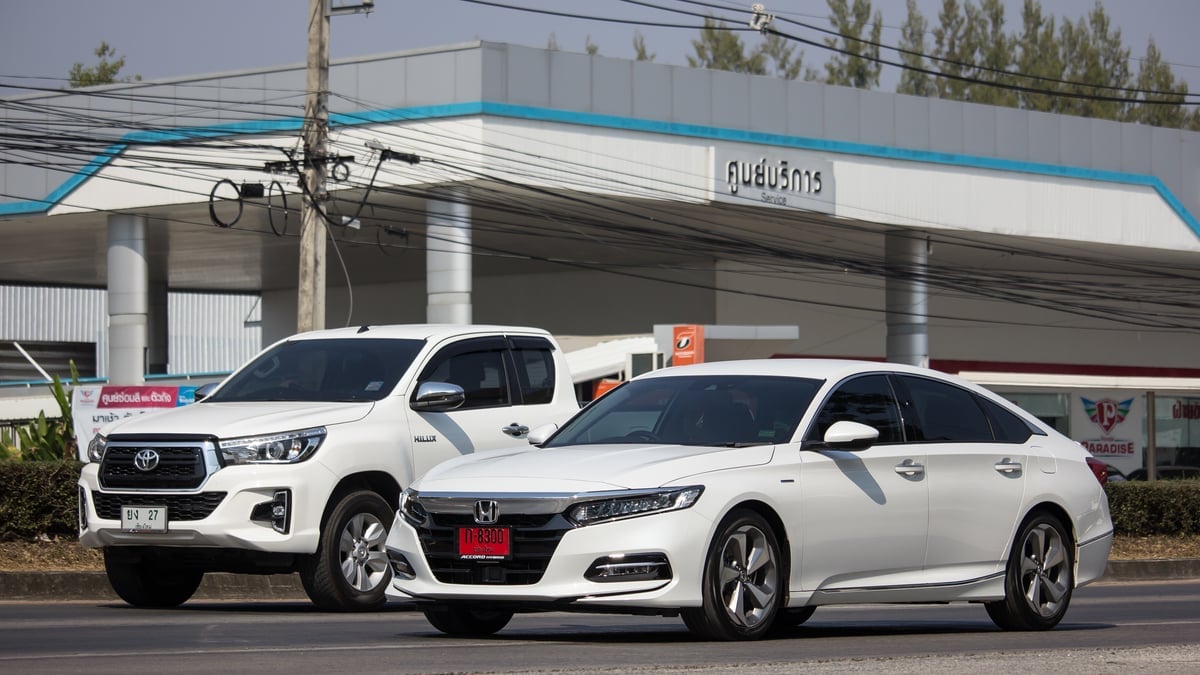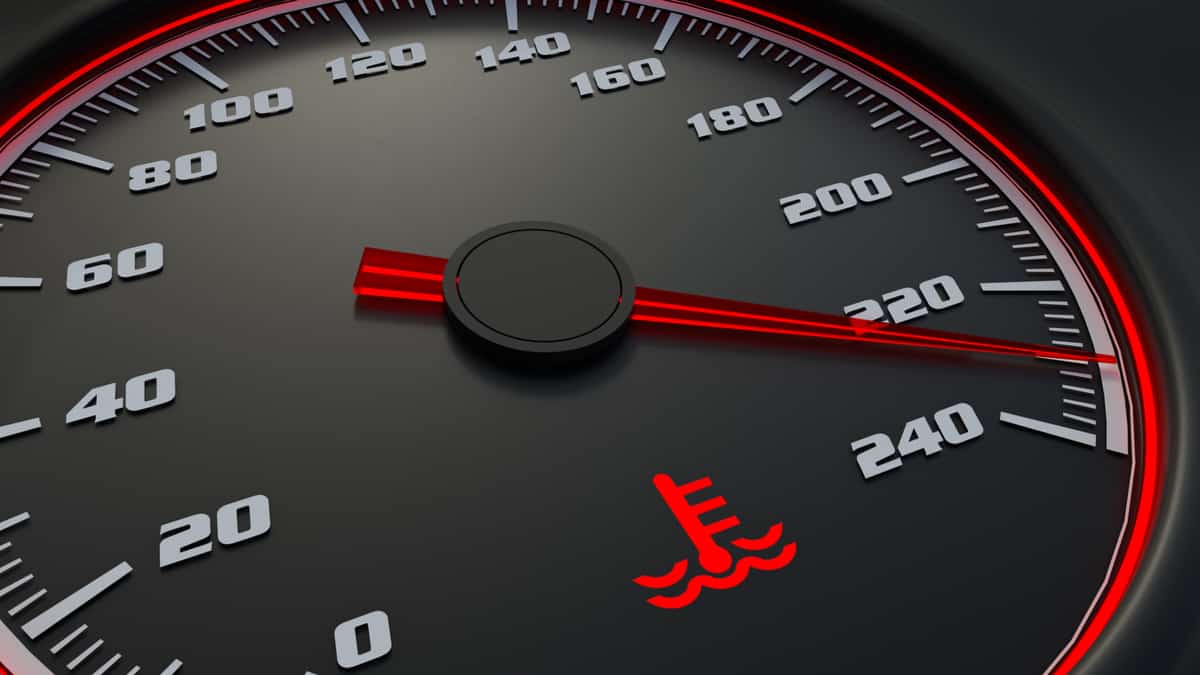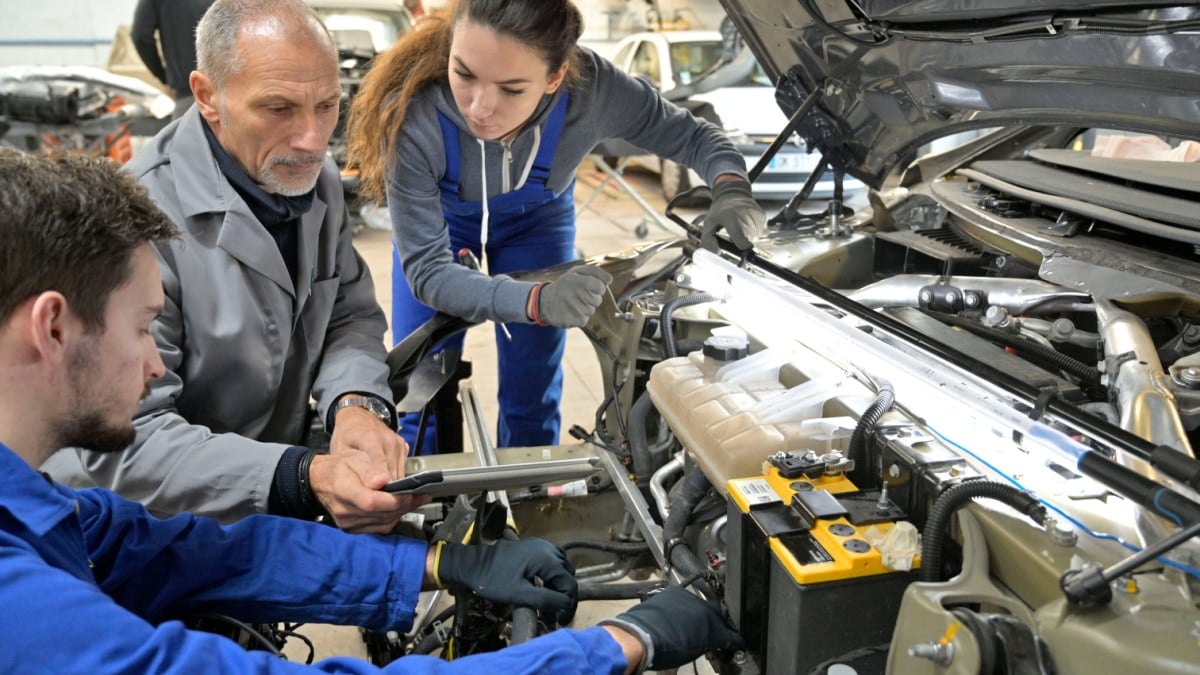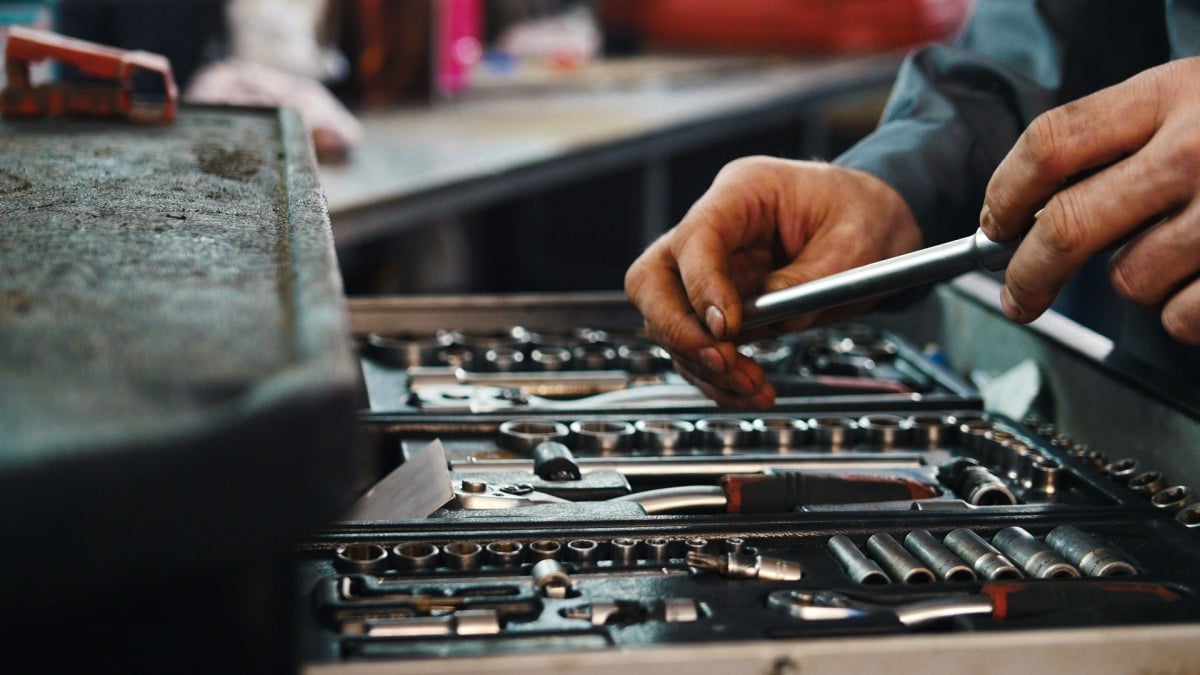Everyone dreads seeing the bill after a car repair is performed. After all, it’s uncommon to end up with a low-cost bill, especially if the vehicle requires extensive work. Let’s face it, auto repair labor rates are high these days, with prices only continuing to rise.
So, what can you expect to spend on car repair in the United States? I review the average auto repair labor rates and show you what factors determine the cost. I also help you decide if you are getting ripped off by your local mechanic.
How Much Do Mechanics Charge Per Hour?
Car repair labor costs vary greatly across the country, with an average cost ranging from $45 to $170 per hour. You can expect to pay more if you are in an urban environment, you drive a specialty vehicle, or you need help from the dealership.
While you can do some shopping around to find lower labor rates, you don’t want to skimp too much on the expense. After all, you don’t want an inexperienced technician working on your only form of transportation.
Factors Determining Auto Repair Labor Rates
1. Location
The region you live in has a profound impact on the labor prices you are going to pay, as with everything you buy. First, you have to look at the state you reside in and what type of area it is. For example, if you are in the country, you will likely pay less than at the mechanic in the center of a city.
Costs are lower outside of the city because the repair shop doesn’t need to pay as much to operate in that location. The mortgage or rent is going to be lower, allowing the mechanic to keep the prices down. If you can find a mechanic that owns the building, you could even get lower rates.
2. Type of Shop
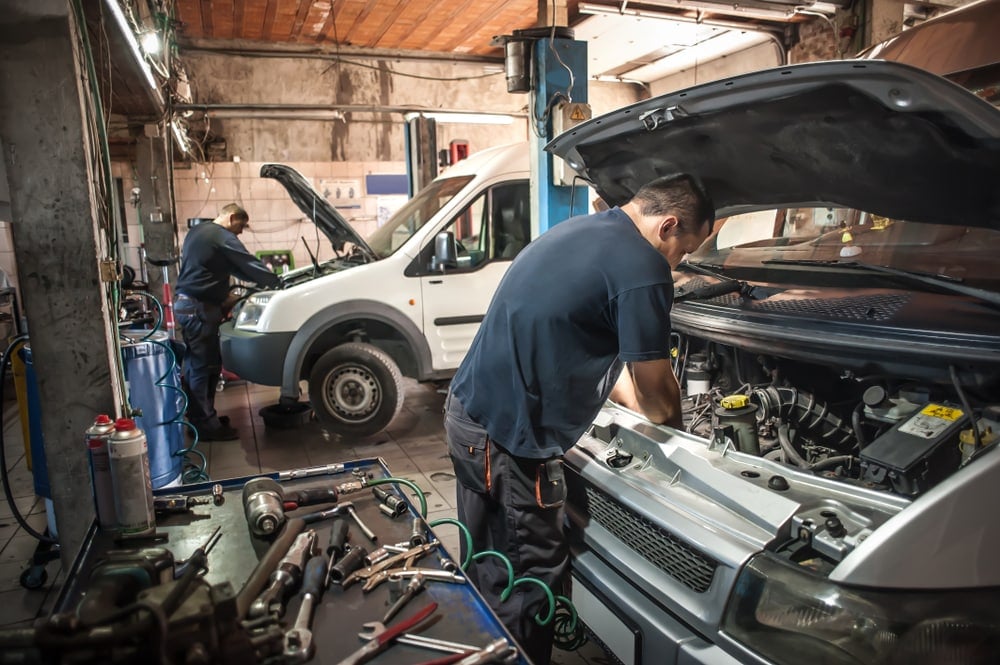
The kind of work you need done will dictate the associated labor costs. If you are looking for an oil change, you can go to a local lube and pay a minimal amount of labor. However, if you require extensive engine or transmission repair, you’ll need to visit a specialist, and they are naturally going to charge more.
You may also choose to visit a location with certified technicians. Not only can the mechanics have ASE certifications, but also get special recognition for working with particular brands. These shops are going to be more expensive than the average mechanic down the road.
One example of this is the dealership. While the price is going to be higher than most independent shops, the technicians are certified and held to a particular standard. Sadly, some dealership prices are suggested by the automaker, so there’s not much distinction between the rates at the one in the city and the one outside of town.
When you visit a dealership, you gain a few other benefits. First, the work is listed in the service history for the vehicle. This step ensures that buyers trust the vehicle’s history more because everything remains transparent. There’s also normally a warranty offered by the dealership, giving you further peace of mind.
3. Skill Level
When it comes to determining cost, the level of skill offered by the technicians goes hand-in-hand with the type of dealership you take your car to. If you don’t mind having entry-level mechanics working on your car, you could save a lot of money.
However, you might want to have a technician that understands your car better. It’s also helpful if you visit a shop that has the latest diagnostic and repair equipment for a better experience. All of these factors increase the cost but provide you with some security in the long run.
4. Vehicle Make/Model
The type of vehicle you drive also significantly affects the price. If you have a run-of-the-mill Toyota Camry, you know that most mechanics will be familiar with its operations. However, if you drive a Volkswagen, Land Rover, Mercedes-Benz or another luxury model, you want an expert on your side.
With these types of vehicles, you can expect to pay more for the repair, even when it’s comparable to work done on an American brand. In most cases, it’s just that extra training is required of the technicians, and the parts can be more difficult to get to.
As an example, there could be a part that is easy to replace on the Chevy Suburban that requires a lot more effort to get to with a Land Rover Range Rover. Even if the labor rate is the same between the two cars, the added time could easily double the total cost.
If you choose to go to a shop that specializes in a particular car brand, you will pay a premium price. However, since this shop only works on select brands, you know the job should get done right and the diagnostic time will be minimized.
Are You Paying Too Much for Auto Repair?
Seeing the differences in labor rates can cause you to question what you are currently paying. Is it possible that you are spending too much? Absolutely, but you must also consider that the high cost has to do with some of the factors we outlined above.
You can find plenty of locations that offer low-cost auto repair services. After all, it’s hard to beat the local Walmart for an oil change or the neighborhood Costco if you want new tires. However, some of these options can cost you more money down the road. If you are visiting a repair shop with technicians that are fresh out of school and inexperienced, you are putting your car at risk.
It’s also possible that these low-cost establishments are charging you more than you expect. For example, if you show up for a cheap oil change, what else are they attempting to sell you? If you find yourself adding on expensive oil filters and other services, you might be spending more than if you went to a dealership.
You could also be asked to have service more frequently than necessary. If you are still getting oil changes every 3,000 miles, you are probably being ripped off. While there are some vehicles that still require oil changes this frequently, the majority of cars can go far longer.
Most qualified shops are going to be straightforward about pricing. You may even see the labor costs posted on the wall for everyone to see. However, you always have the right to get a second opinion. If you aren’t sure you are being treated fairly, visit another reputable shop in the area.


